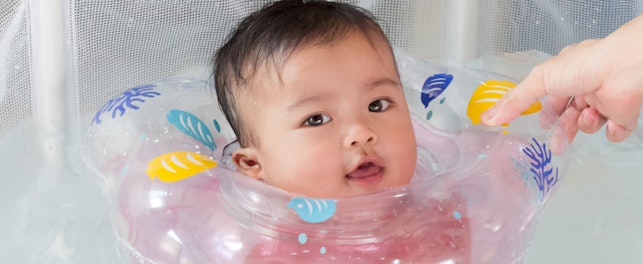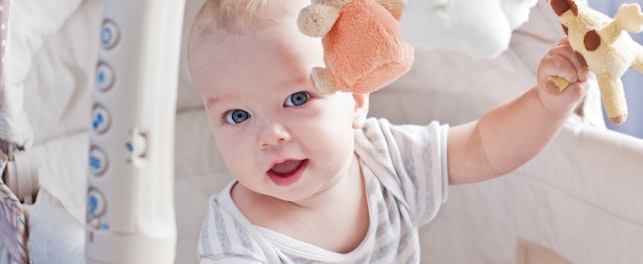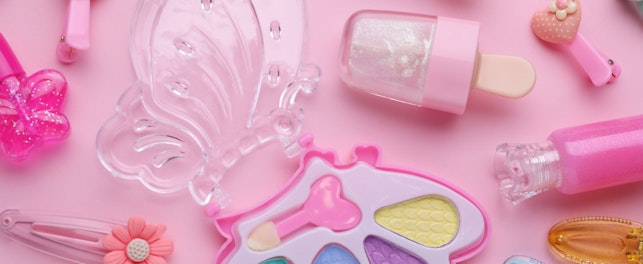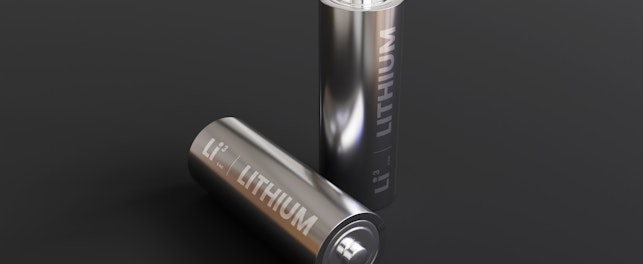In April 2017, the Minister for Small Business in Australia updated the safety standard for children’s nightwear – Consumer Goods (Children’s Nightwear and Limited Daywear and Paper Patterns for Children’s Nightwear) Safety Standard 2017 and announced the adoption of the revision of Children’s Nightwear and Limited Daywear Standard AS/NZS 1249:2014.
The safety standard revision [1] is made under section 105 of the Australian Consumer Law (ACL), and has become effective immediately and repealed the previous safety standard, the Trade Practices (Consumer Product Safety Standards) (Children's Nightwear and Paper Patterns for Children's Nightwear) Regulations 2007 (Federal Register of Regulation No. F2007L00215).
The revised safety standard is based on Australian/New Zealand Standard AS/NZS 1249:2014 - Children’s nightwear and limited daywear having reduced fire hazard. Children’s nightwear that meets the requirements of AS/NZS 1249:2014 can be sold in Australia immediately. Products that meet the requirements of the previous safety standard can be sold until 31 December 2019. This brings Australia in line with New Zealand [2] which has fully adopted the same standard version.
Transitional arrangements
Up to 31 December 2019, suppliers may comply with requirements from either:
- Trade Practices (Consumer Product Safety Standards) (Children’s Nightwear and Paper Patterns for Children’s Nightwear) Regulations 2007. OR
- Consumer Goods (Children’s Nightwear and Limited Daywear and Paper Patterns for Children’s Nightwear) Safety Standard 2017.
From 1 January 2020 suppliers MUST comply with:
- Consumer Goods (Children’s Nightwear and Limited Daywear and Paper Patterns for Children’s Nightwear) Safety Standard 2017.
The joint Australian/New Zealand Standard AS/NZS 1249:2014 applies to nightwear or limited daywear, other than second‑hand nightwear and second‑hand limited daywear. It specifies design, flammability performance and labelling requirements for four categories of children’s nightwear garments; together with some daywear / underwear items that may be commonly used as nightwear (e.g. boxer shorts and size 00-2 knitted all-in-ones with pile or nap).
All children’s nightwear in Australia must carry a fire danger label that depends on four different categories set out in the standard. The categories are based on a garment’s design, type of fabric and the burn test results.
- Category 1 – Garments made from fabrics with low flame propagation properties
- Category 2 – Garments which are designed to reduce fire hazard
- Category 3 – Predominantly knitted all-in-one garments in sizes 00-2
- Category 4 – Garments with higher flammability risks which do not comply with categories 1 to 3
Manufacturers, distributors and retailers must comply with this mandatory standard. The standard applies to nightwear from size 00 up to 14. Children’s nightwear that falls into Category 1 to 3 must carry a new cautionary white label that includes the flame symbol. Category 4 garments must carry a red “High Fire Danger” label. Garments that do not meet the requirements of any of the categories are considered to have a very high flammability rating and are therefore unacceptable for use as nightwear.

For further information related to those significant changes in the 2014 version, please refer to our Safeguards No. 099/15 [3].
SGS Global Softlines has an extensive network of over 40 laboratories worldwide, with a strong team of committed professionals from multi-disciplinary backgrounds. Our internationally accredited state-of-the-art testing laboratories offer a comprehensive range of physical, chemical and functional testing services for components, materials and finished products. We help your company ensure quality, performance and compliance with international, industrial and regulatory standards worldwide. Discover more at www.sgs.com/softlines
For enquiries, please contact:
Louann Spirito
Director Technical Support, Softlines
t: +1 973 461 7919
Stay on top of regulatory changes within your industry: subscribe to SafeGuardS!
© SGS Group Management SA - 2017 - All rights reserved - SGS is a registered trademark of SGS Group Management SA. This is a publication of SGS, except for 3rd parties’ contents submitted or licensed for use by SGS. SGS neither endorses nor disapproves said 3rd parties contents. This publication is intended to provide technical information and shall not be considered an exhaustive treatment of any subject treated. It is strictly educational and does not replace any legal requirements or applicable regulations. It is not intended to constitute consulting or professional advice. The information contained herein is provided “as is” and SGS does not warrant that it will be error-free or will meet any particular criteria of performance or quality. Do not quote or refer any information herein without SGS’s prior written consent.



